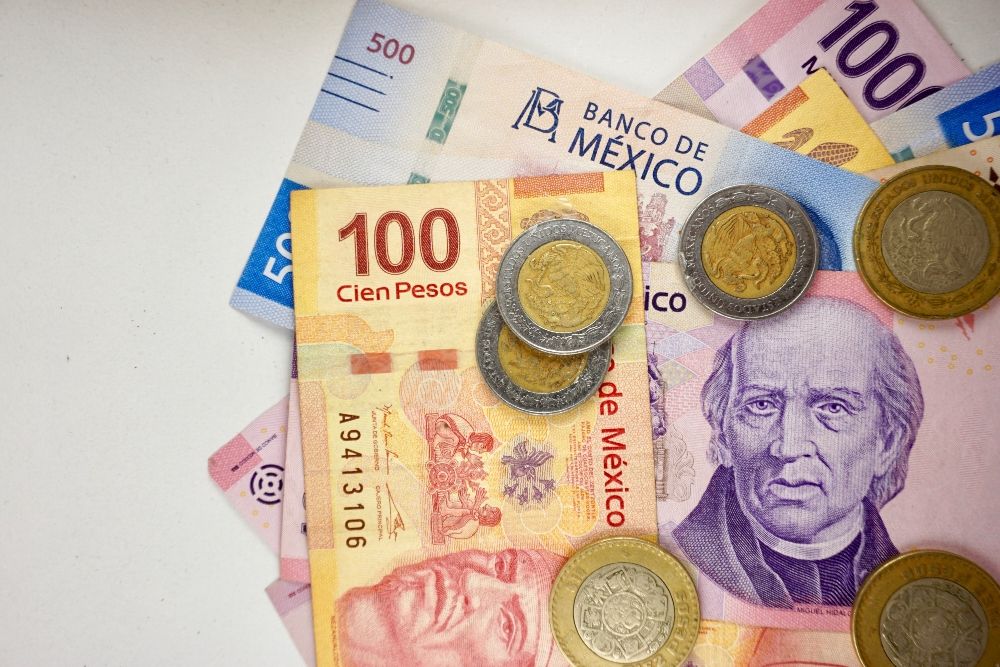The Mexican peso is currently experiencing significant economic challenges, trading at over 20.5 pesos per US dollar and nearing its weakest point since 2022.
This decline follows renewed threats from Donald Trump to impose hefty tariffs on imports from Mexico, China, and Canada.
Reports suggest a possible 10% increase in imports from China and a steep 25% hike in goods from Mexico and Canada.
As Mexico is the United States’ largest trading partner, these proposed tariffs could have major repercussions, especially in the automotive sector, which is already on alert for potential disruptions.
The impact of tariffs on trade relations
The looming possibility of higher tariffs has raised major concerns among Mexican officials, business leaders, and economists.
The deep economic ties between the US and Mexico, particularly in manufacturing and auto production, mean that implementing these tariffs could significantly disrupt critical supply chains.
The automotive industry, a key player in Mexico’s manufacturing sector, could face serious challenges if these tariffs are enacted.
Experts warn that such measures could raise production costs for American consumers and diminish the competitive stance of Mexican manufacturers, potentially stunting growth in both economies.
Peso depreciates at least 20% in a year
So far this year, the peso has dropped nearly 20%, reflecting serious economic pressures in Mexico.
This decline, especially after Trump’s election and related policy announcements, emphasizes the relative strength of the US dollar amidst concerns about the Federal Reserve’s ability to manage interest rates.
Trump’s policies could introduce inflationary pressures that complicate monetary stability and make predicting the peso’s future performance difficult.
Although there have been signs of a slight recovery in Mexico’s economy, analysts remain cautious.
Forecasts for 2024 suggest a potentially softer growth rate as external factors weigh down domestic consumption and investment.
Despite any short-term gains, many businesses may delay significant investments while they wait for clearer trade policies, which could impact the country’s long-term economic health.
Inflation dynamics and monetary policy
Simultaneously, Mexico faces rising inflation that the Bank of Mexico (Banxico) is treating as a significant concern.
In light of improving core inflation trends, Banxico has made minor adjustments to its monetary policy, balancing immediate changes with the need for sustainable economic stability.
They remain alert to the risks posed by persistent inflation, particularly if the peso continues to decline, which could lead to higher prices for imported goods and overall inflation.
Currently, long-term inflation expectations seem stable, indicating a level of confidence among investors that the economy can weather short-term challenges.
However, Banxico’s careful strategies reflect a firm commitment to maintaining economic stability amidst potential crises, using every available tool to control inflation while managing currency fluctuations.
Mexico’s annual inflation rate increased to 4.76% in October, up from a six-month low of 4.58% the previous month and exceeding market expectations of 4.72%.
Inflation has resumed its upward trend after two months of decline.
Restaurants and motels saw the fastest price increases (6.84% versus 6.70% in September), followed by food and non-alcoholic beverages (6.23% vs 4.67%) and alcoholic beverages and tobacco (3.97% vs 3.87%).
The annual core inflation rate fell for the 21st consecutive month to 3.80% in October, the lowest since January 2021, down from 3.91% in September and nearly matching expectations.
In October, the CPI climbed by 0.55%, contrary to expectations of a 0.51% rise; the core CPI increased by 0.28%, significantly less than market expectations of a 0.33% gain.
What to expect from Mexico’s economy?
Looking ahead, the path for Mexico’s economy is rocky, especially as the peso faces ongoing declines and inflation concerns persist.
Given the interconnectedness of the US and Mexican economies, any changes in trade policies will produce significant consequences for both nations.
Mexican policymakers must navigate a difficult economic environment influenced by external factors while promoting sustainable growth.
There is a critical need for stable economic relations between Mexico and the US, particularly in key sectors like automotive and manufacturing.
As both public and private entities keep a close eye on these developments, the focus will be on strategies to manage currency fluctuations and shield the economy from inflationary threats, all while aiming for long-term growth sustainability.
Overall, the road ahead for the Mexican peso and its economy is filled with challenges.
Stakeholders, including decision-makers and business leaders, need to be proactive in responding to the ever-evolving global economic landscape, ensuring both immediate needs and long-term objectives are addressed in an unpredictable environment.
The post Mexican peso drops to 20.5 per USD, nearing two-year low appeared first on Invezz
